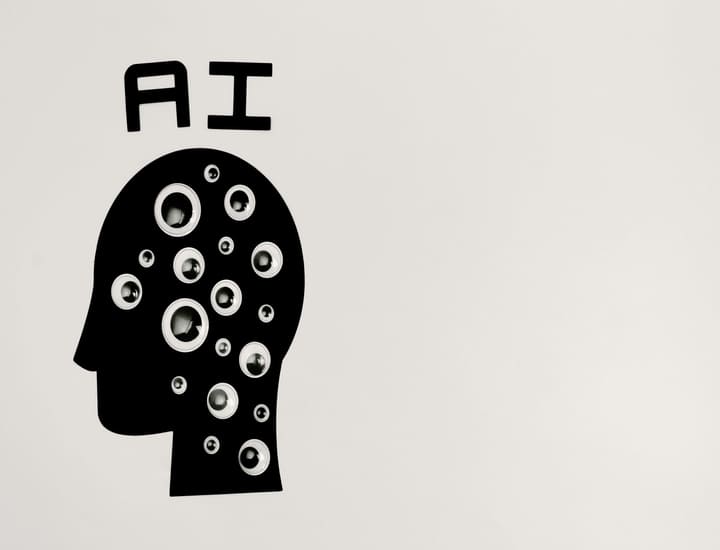One fine morning, as I went out jogging, the big dog followed me, slipped his fence, charged at me, and bit my leg. I tripped and this time, I ended up with a sprained wrist. In this Age of AI, you’d think everything would be easier, but then I discovered the poor dog had not been for a rabies booster vaccination. So, yes, I went to the local urgent care. I had been there many times before, so I thought they would make me rapid medical admission since they probably had my records.
A Frustrating Urgent Care Experience
Instead, I got this: the same form that I had filled out many times before, and now I had to do so with a busted wrist. And then I sat there waiting and waiting. Nothing beats waiting in a waiting room, thinking, “Did I just get rabies?” This is the opposite of a personalized customer experience.
Everyday Customer Experience Failures
You see these situations all around you, don’t you? And it makes you want to go, “Ugh.” There’s the hurtful stuff. My friend Sanjeev’s dog died six months ago, yet his online marketplace still sends him email recommendations for his dog’s favorite treats. Then there’s the inaccurate. I bought my uncle a cane online, and now I’m flooded with ads for hearing aids and senior citizen discounts all over the internet.
I’m not that old. And then there’s the frustration: “I don’t want another one of those. I just want one that works.” I bought a dishwasher, and it arrived—after nine months—damaged. While waiting for a replacement, the company kept sending me emails with recommendations for more dishwashers.
Defining True Personalization
It doesn’t have to be this way. I lead a team of over 1,000 people worldwide, helping brands build better customer experiences—what we call true personalization. I’ve been passionate about this for years, so much so that I even wrote a book on the topic. Check it out.
Now, let’s talk about what true personalization means. Unlike customization, which is about tailoring products—say, a custom fabric for a sofa—personalization tailors experiences. True personalization happens when a brand learns from your interaction and makes your next experience better, faster, or more convenient.
The Personalization Index: Measuring Success
Sounds simple on paper, right? But I found that it’s hard to improve personalization if you can’t measure it. That’s why my team and I built the Personalization Index—a score from 0 to 100 that shows how well a brand personalized customer experiences.
We’ve used this index to score hundreds of companies worldwide, and the findings were surprising. Of course, Netflix and Starbucks rank high. Netflix knows what movies you love, and Starbucks offers personalized drink suggestions through its app.
But there are also lesser-known companies doing well, like SonderMind, a mental health app that scores you on 12 brain functions and matches you with the perfect therapist or offers daily advice based on your needs.
Industry Leaders and Laggards in Personalization
At the bottom of the Personalization Index, you find industries like financial services, insurance, B2B distribution, and yes—U.S. healthcare, including my local urgent care. What stood out in our research is the impact personalization has on business growth.
Companies leading in personalization grow 10 points faster than others. In a competitive marketplace, businesses that adopt personalized technology solutions can enhance customer loyalty and significantly boost retention rates. These leaders achieve higher customer satisfaction and build competitive advantages. Together, they will capture a two-trillion-dollar prize in incremental growth over the next five years. Yes, trillion with a “T.”
Fidelity’s Approach to “Less is More”
So, what’s the secret sauce? Surprisingly, less is more. True personalization is not about bombarding customers with ads and messages. Instead, brands that respect customers only show them what’s relevant.
A great example is Fidelity, a financial services company. Fidelity doesn’t rely on open rates to make decisions—they genuinely want to understand their client’s investment goals. They use personalized surveys and even ask a “gratitude question” to tailor their services.
Once they gather this information, they use it wisely. For example, if a client updates beneficiaries after having a baby, Fidelity might suggest opening a college savings account. And if the client is new to investing, they’ll offer a simple video rather than a complex article.
Even more importantly, Fidelity knows when not to act. They might suppress a scheduled email about a Bitcoin fund if it’s irrelevant to the client’s needs. This targeted approach increased engagement and transactions.
The Impact of Gen-AI and Content Explosion
Unfortunately, Fidelity is in the minority. Most companies still rely on spam. We send 360 billion emails daily, yet conversion rates are down. People downloaded 250 billion apps last year but uninstalled half within 30 days.
And it’s only going to get worse. With generative AI, companies can create vast amounts of content quickly and cheaply, leading to a content explosion. As business leaders, we need to focus less on pushing products and more on building trust through personalization.
The Path Forward: Building Trust Through Personalization
The data is clear: customers willingly share their information with companies they trust, boosting data-sharing rates from 30 to 90 percent. This creates a virtuous cycle, where trust and personalization feed each other.
If you’re a marketer still spamming customers, take a moment to look at your unsubscribe rates and think about how it feels to receive irrelevant content. As consumers, we need to hold companies accountable by ending relationships with brands that don’t respect our attention or giving them honest feedback in surveys.
I want to leave you with this thought: People are angry—angry about the government, corporations, travel, and even other people’s anger. At the heart of this frustration is a feeling of being unheard, treated as a cog in a machine.
For most of human history, business was personal. We knew our butcher, our baker, and our candlestick maker—and they knew us. But with mass commerce and digital advertising, businesses lost that personal touch. It’s time to bring personalization back into our lives. Businesses and consumers need to work together to make this change.

